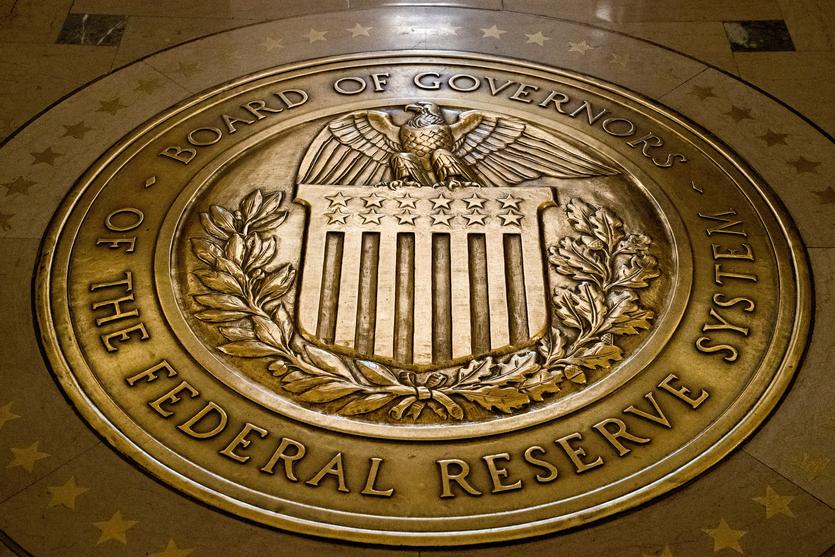 In this Feb 5, 2018, file photo, the seal of the Board of Governors of the United States Federal Reserve System is displayed in the ground at the Marriner S Eccles Federal Reserve Board Building in Washington. The US Federal Reserve is likely to need to lift the benchmark rate above 5 percent. (PHOTO / AP)
In this Feb 5, 2018, file photo, the seal of the Board of Governors of the United States Federal Reserve System is displayed in the ground at the Marriner S Eccles Federal Reserve Board Building in Washington. The US Federal Reserve is likely to need to lift the benchmark rate above 5 percent. (PHOTO / AP)
The US Federal Reserve is likely to need to lift the benchmark rate above 5 percent and keep it there to squeeze too-high inflation out of an economy where the labor market remains strong even after nearly a year of the most aggressive round of Fed rate hikes in 40 years.
That was the betting in financial markets on Friday after the US Labor Department reported employers added more than half a million jobs last month, far more than expected, and the unemployment rate fell to 3.4 percent, the lowest in more than 50 years.
In December Fed policymakers thought they would likely need to lift rates to at least 5.1 percent this year to tame inflation, and that projection is still a "good indicator" for where policy is going, according to San Francisco Fed President Mary Daly
That was also how San Francisco Fed President Mary Daly saw it.
In December Fed policymakers thought they would likely need to lift rates to at least 5.1 percent this year to tame inflation, and that projection is still a "good indicator" for where policy is going, Daly told Fox Business Network.
ALSO READ: Poll: Fed to give two 25-bps hikes in Q1, followed by pause
But, she added, "I'm prepared to do more than that, if more is needed."
For Daly and other Fed policymakers including Fed Chair Jerome Powell, the view is not new, and is especially not surprising in light of what Daly called the "wow" strength of January's job gains.
But for markets, it's a turnaround.
The Fed earlier this week increased its benchmark rate by a quarter-of-a-percentage-point to 4.5 percent-4.75 percent. In a news conference following the decision, Powell said that with the labor market still tight he expects to need "ongoing" increases to get monetary policy "sufficiently restrictive" to engineer a more balanced job market and bring down too-high inflation.
Interest-rate futures traders, initially skeptical that with a disinflationary trend already underway the Fed would need more than a one further quarter point interest-rate increase in March, moved after Friday's job report to price a further increase in May.
That move would bring the policy rate to the 5 percent-5.25 percent range.
Traders also pushed out their expectations for eventual Fed rate cuts after the jobs report, pricing them to start in November versus in September previously.
READ MORE: Experts: HK's rate hike won't affect city's financial stability
Powell has said he does not expect inflation to fall fast enough to allow the Fed to cut rates at all this year.
Friday's Labor Department report did show slower growth in average hourly earnings to a 4.4 percent pace, from an upwardly revised 4.8 percent in December.
"While the Fed welcomes any signs of easing wage pressures, the pace of growth in average hourly earnings is still too strong to help lower inflation," Oxford Economics' Ryan Sweet wrote.
And it is progress on inflation that will drive the Fed's policy decisions ahead, Daly said on Friday. By the Fed's preferred gauge, inflation registered 5 percent in December, a slowdown from earlier in the year.
But it's too early to say that inflation has peaked, Daly warned.
ALSO READ: Fed to size up next rate hike with eye on inflation
"The direction of policy is for additional tightening and in holding that restrictive stance for some time," she said. "We really will have to be in a restrictive stance of policy until we truly understand and believe that inflation will come squarely back down to our 2 percent target."


